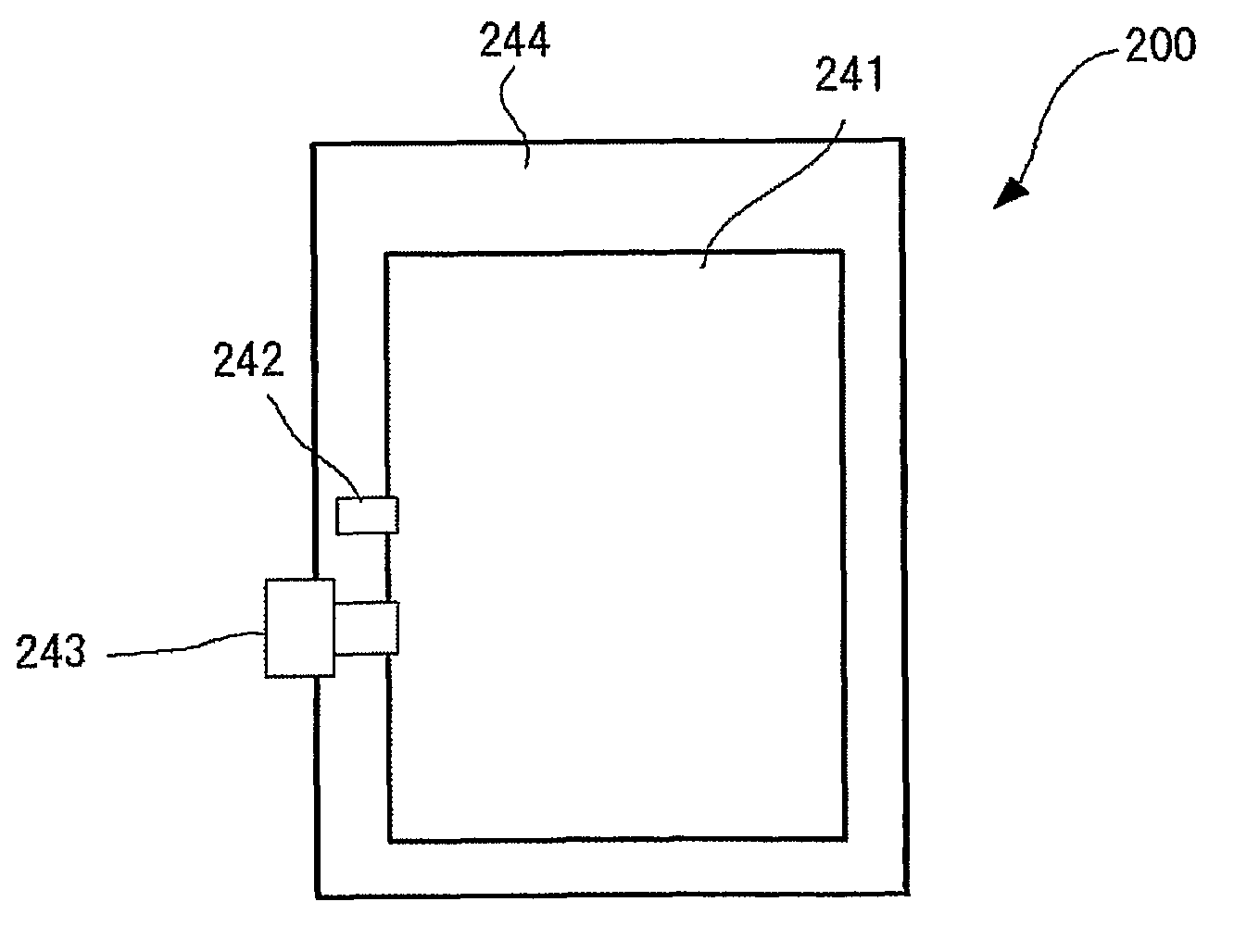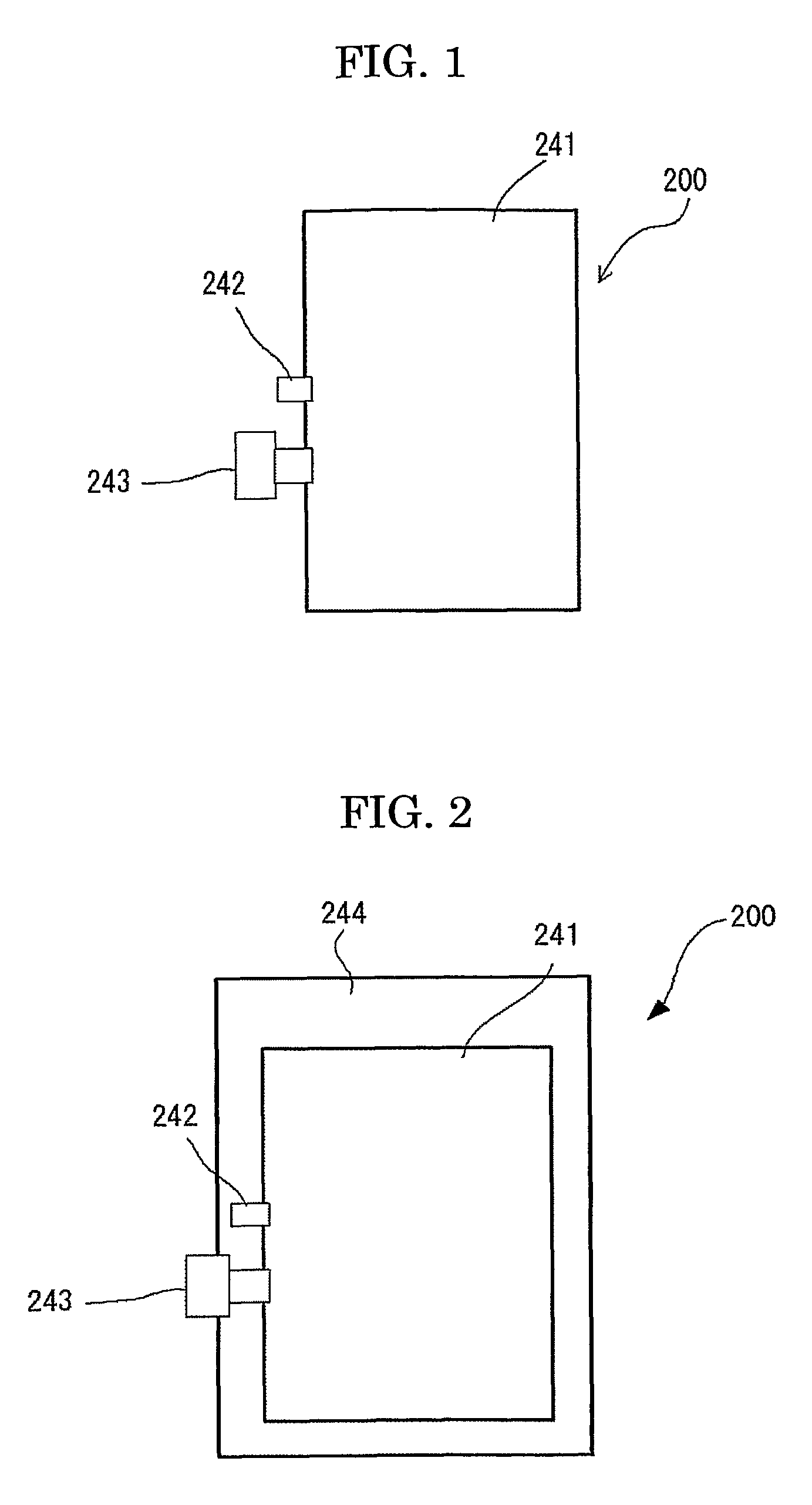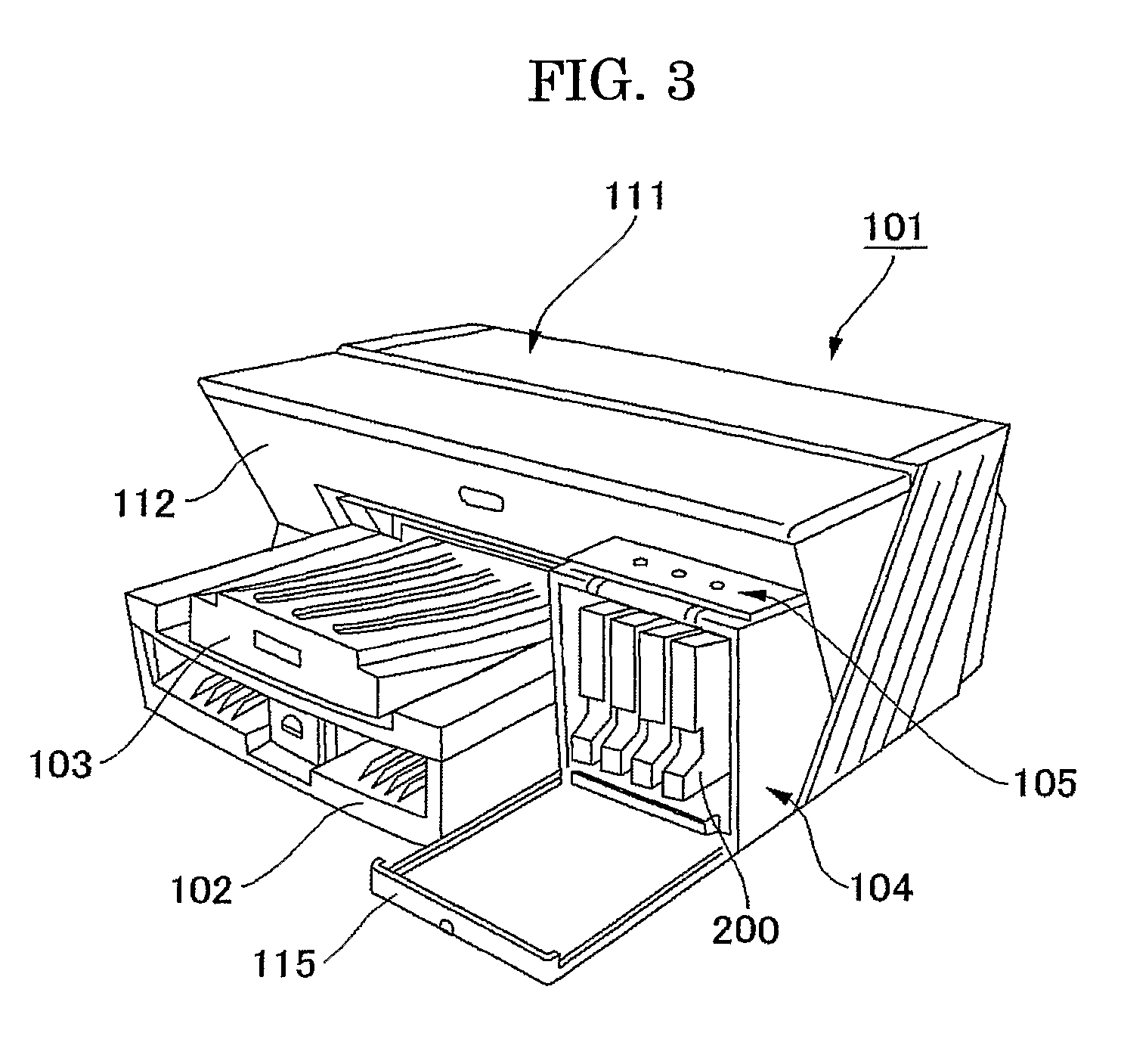Inkjet recording ink and recording media set, inkjet recording method, recorded matter and recording apparatus
a technology of inkjet recording and recording media, which is applied in the direction of instruments, transportation and packaging, thermography, etc., can solve the problems of high production cost, high production cost, and high production cost compared with general commercial printing gloss-coated paper, and achieves high image quality and high image density. , the effect of high image quality
- Summary
- Abstract
- Description
- Claims
- Application Information
AI Technical Summary
Benefits of technology
Problems solved by technology
Method used
Image
Examples
synthesis example 1
[0243]After adequately replacing the inner atmosphere of a 1 L flask equipped with a mechanical stirrer, thermometer, nitrogen gas intake tube, reflux tube and dropping funnel with nitrogen gas, 11.2 g of styrene, 2.8 g of acrylic acid, 12.0 g of lauryl methacrylate, 4.0 g of polyethylene glycol methacrylate, 4.0 g of styrene macromer (Toagosei Co., Ltd., trade name: AS-6) and 0.4 g of mercaptoethanol were added to the flask, and then heated at 65° C. Next, a mixed solution of 100.8 g of styrene, 25.2 g of acrylic acid, 108.0 g of lauryl methacrylate, 36.0 g of polyethylene glycol methacrylate, 60.0 g of hydroxyethyl methacrylate, 36.0 g of styrene macromer (Toagosei Co., Ltd., trade name: AS-6), 3.6 g of mercaptoethanol, 2.4 g of azobisdimethylvaleronitrile and 18 g of methyl ethyl ketone was dropped into the flask over the course of 2.5 hours. After the completion of the dropping, a mixed solution of 0.8 g of azobisdimethylvaleronitrile and 18 g of methyl ethyl ketone was dropped ...
synthesis example 2
[0244]550 parts of MEK were placed in a reaction vessel of an automated polymerization reaction apparatus (Polymerization Tester Model DSL-2AS, Todoroki Sangyo Co., Ltd.) which contained the reaction vessel equipped with a refluxing device having a stirrer, a dropping device, a temperature sensor and a nitrogen intake device in the upper portion thereof, followed by replacing the inner atmosphere of the reaction vessel with nitrogen gas while stirring. After heating to 80° C. while maintaining the nitrogen atmosphere inside the reaction vessel, a mixed liquid of 75.0 parts by mass of 2-hydroxyethyl methacrylate, 77.0 parts by mass of methacrylic acid, 80.0 parts by mass of styrene, 150.0 parts by mass of butyl methacrylate, 98.0 parts by mass of butyl acrylate, 20.0 parts by mass of methyl methacrylate and 40.0 parts by mass of “Perbutyl (trademark) O” (active ingredient: tert-butyl peroxy-2-ethylhexanoate, Nippon Oils & Fats Co., Ltd.) was dropped in over the course of 4 hours by m...
preparation example 1
[0245]After adequately stirring 28 g of the polymer solution produced in Synthesis Example 1, 26 g of carbon black (Monarch 880, Cabot Corp.), 13.6 g of a 1 mol / L potassium hydroxide solution, 20 g of methyl ethyl ketone and 30 g of ion exchange water, the mixture was kneaded using a 3-roll mill. The resulting paste was placed in 200 g of ion exchange water and adequately stirred followed by distilling off the methyl ethyl ketone and water using an evaporator to obtain an aqueous dispersion of water-insoluble vinyl polymer particles having a solid content of 20% by mass. The volume average particle diameter of the water-insoluble vinyl polymer particles containing carbon black was 70 nm.
PUM
| Property | Measurement | Unit |
|---|---|---|
| average volume particle diameter | aaaaa | aaaaa |
| RH | aaaaa | aaaaa |
| volume particle diameter | aaaaa | aaaaa |
Abstract
Description
Claims
Application Information
 Login to View More
Login to View More - R&D
- Intellectual Property
- Life Sciences
- Materials
- Tech Scout
- Unparalleled Data Quality
- Higher Quality Content
- 60% Fewer Hallucinations
Browse by: Latest US Patents, China's latest patents, Technical Efficacy Thesaurus, Application Domain, Technology Topic, Popular Technical Reports.
© 2025 PatSnap. All rights reserved.Legal|Privacy policy|Modern Slavery Act Transparency Statement|Sitemap|About US| Contact US: help@patsnap.com



